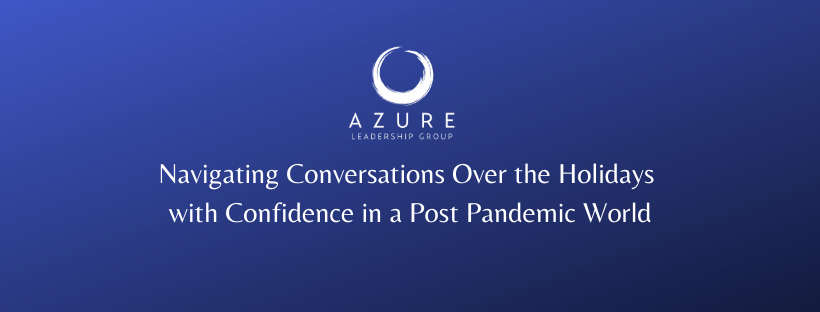To connect, inform, and inspire, keep it simple.
To communicate well, simplify.
The most powerful, timeless wisdom is conveyed in few words, simply.
The most powerful advertising, the most influential messages, the most easily understood communications are elegantly simple.
At work, the most efficient and productive way to communicate is to be simple. Too often we make things far more complicated and complex than they should, or need, to be. And that results in lost productivity and increased frustration.
One recent communications survey showed that business leaders estimate their teams lose an average of 7.47 hours a week to poor communication. That's nearly a full work day. Often our communication is poor because we don't slow down and take the time, or do the work, to think carefully about what we need to convey, and do it simply.
When we lead and when we speak, resist the urge to make something more complicated than it needs to be. Sometimes simple and obvious is RIGHT.
Simple doesn't mean lacking nuance or context. It doesn't mean shying away from sophistication or complexity. In fact too often, some people -- even some of the smartest and most thoughtful leaders I know -- over-index on short and simple on social media when what's really needed is more nuance, less black-and-white and more shades of grey.
More Twitter and LinkedIn wisdom isn't what we need more of in a world of distraction and media saturation. We need more thoughtful, clear, distilled conversation.
Simplifying DOES mean doing your best to distill your thoughts and ideas into shorter, more organized words and patterns that are easily understood and internalized by others.
Somewhat counter-intuitively, keeping things simple isn't easy. It's hard to keep your thoughts succinct and without unnecessary complexity. I know that in my own writing and speaking, when I tend to get really wordy that's a signal to me that I haven't quite sorted out in my own head what I'm trying to convey. The length and the wordiness conveys confusion because, well, maybe I'm still a little confused.
In your own writing and speaking a few practical tips to keep it simple:
Limit yourself to one main point per communication (at most, two). We've all been on the receiving end of an email that is paragraphs long and contains multiple announcements, priorities or value propositions. People's eyes glaze over, or the skim or just delete. And you've missed the chance to convey anything that's important. Ask yourself: "In one sentence, what do I want my audience to feel, to know, or to do?" And then be disciplined in keeping your communication to that.
Use simple, easy-to-understand language. Limit the use of jargon and terms of art, even if you're communicating with an audience you know well and you think will know the terms.
Use bullet points and lists. I love bullet points -- they are a self-disciplining mechanism to have just one key fact or point you're conveying, and they make it easier to be more organized and for readers to consume.
Use headlines. Use written and verbal headlines in your written and verbal communications. It helps your audience follow you and helps you keep yourself honest about sticking to your main point.
Limit your explanation of context -- be judicious. Ask yourself, "What does my audience really need to know in this situation?" Not -- what do I want to tell them?
Write it out. Especially when it comes to reflecting on major milestones, transitions, and important initiatives, take the time to write out what you're trying to share -- and keep asking yourself: what is the one thing I really want my audience to know, to feel, or to do based on what I'm sharing?
We work through all of these topics and others like them in our Leaderships Communications at Scale workshops. The same recent communication study I mentioned above revealed that 72% of business leaders say that their teams have struggled with communication over the last year. If you're one of them, reach out. Let's get better together.
___
2022 COMMUNICATIONS AND LEADERSHIP OFFERINGS
COACHING: If you or someone you know would like to explore leadership and career transitions or how to communicate more effectively, I'm taking on a couple additional coaching clients this winter. This is for people ready to do some work and exploration around professional and personal development over a few months. Reach out or feel free to connect me and we can chat more.
COMMUNICATION SKILLS: I'm continuing to offer two interactive workshops tailored for teams around Leadership Communication at Scale and Having and Managing Hard Conversations. These are a few hours long and can be done virtually or in-person. If you're thinking about communication skills as a learning edge for 2022, this is a great place to start.
Recent praise from our January 2022 leadership communication workshops:
"This session was GREAT! So many notes!! It’s time to reflect and discuss/recommend to the team I work in and my peers."
"Amazing session today and I really appreciated the different tools/framing. It's super helpful as I work towards becoming a people manager again."
"Thank you for the session - it was so helpful. I really related to what you said about, "When I am unclear about the purpose of why I'm sharing I tend to get wordy. The tools you shared will really help me there."











